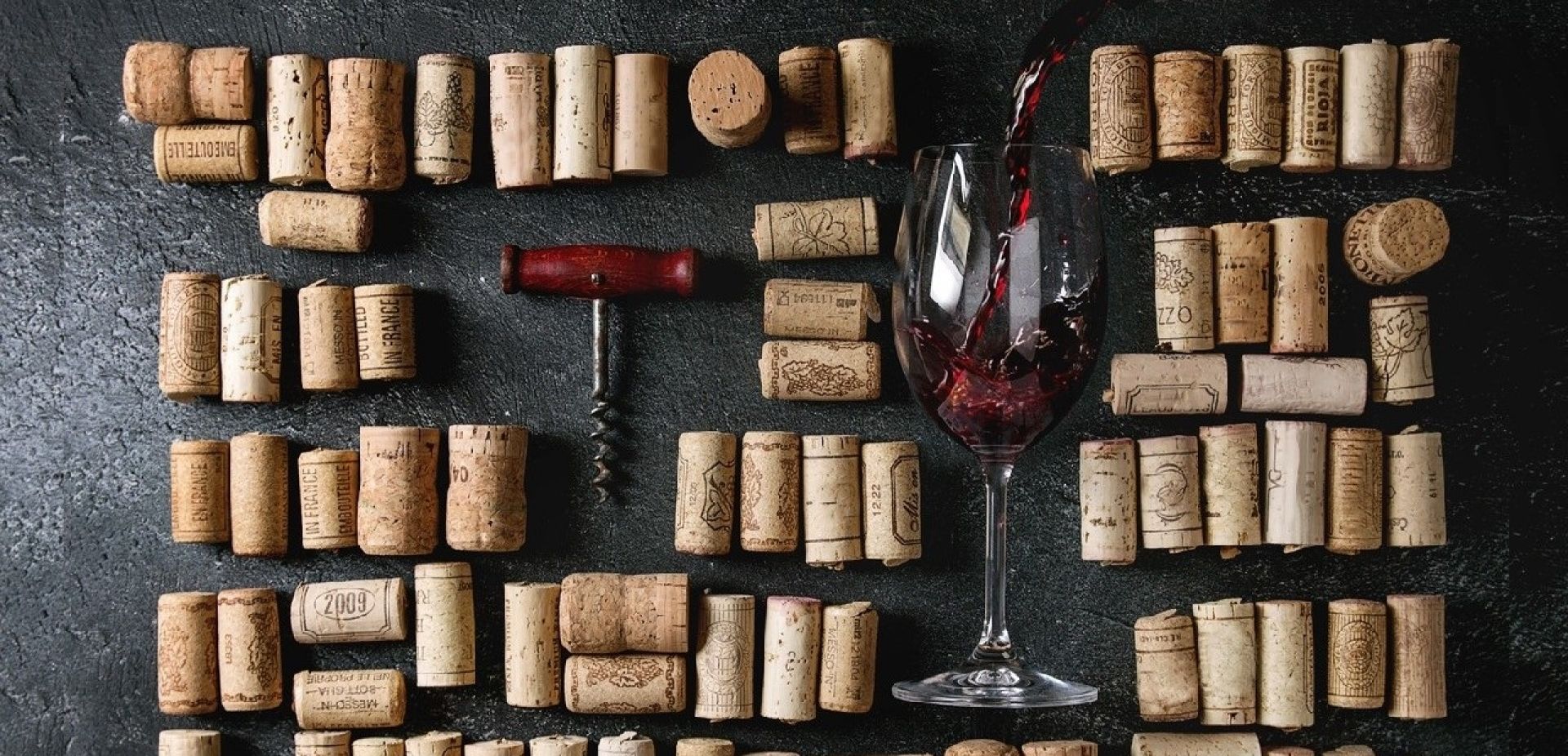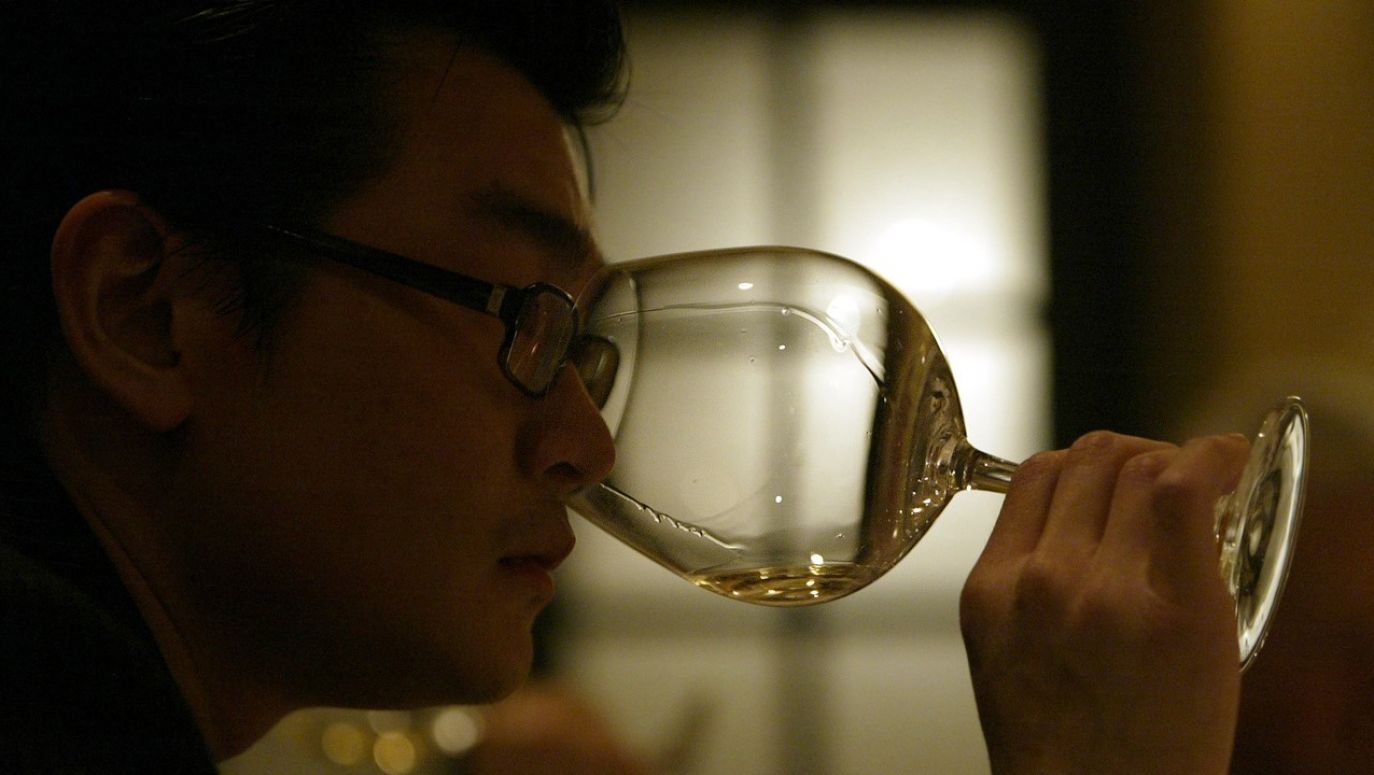But things are also going badly on the other side of the Pyrenees. The case of a fat fraud of tens of millions of euros uncovered last year will go on trial in Barcelona in September. As many as 40 million bottles are estimated to have been falsified. As in the Bordeaux case, it involved the affixing of noble appellations, or appellations of origin, to the labels of simple table wines, exclusively the highly regarded Catalan ones: DOQ Priorat and DO Terra Alta, Tarragona, Catalunya and Monsant. To connoisseurs of Spanish wines, especially terms on labels such as 'Priorat' and 'Monsant', no explanation is necessary. On trial will be six people from the association Grupo Reserva de la Tierra, who were alleged to have earned around €14 million a year from 2019 to 2021.
Once again, however, what is most surprising is the utter carelessness of the alleged offenders, because in the Terra Alta appellation, for example, the number of bottles sold per year exceeded 13 times the number stipulated by the appellation regulations, while in Priorat it was 9 times and in Tarragona an astronomical 25 times! It should be added that Priorat is home to some of Spain's most expensive wines, so it was fairly easy for local producers to realise that there was something wrong with their wines on the market, and for the fiscal police to quickly get to the bottom of it.
The law enforcement authorities also secured the defendants' e-mail boxes, and in them they found some appalling things from the point of view of wine lovers. For example, consumers had been complaining for a long time about the quality of the wines supplied to the well-known supermarket chains, so Grupo Reserva de la Tierra politely apologised, withdrew them from some places and reallocated them to others. It is also unfortunate that a huge amount of wine was exported abroad, to various countries in Europe, the United States, China and Brazil. This image harm will be very difficult to repair.
Finally, let us note that protected designations of origin were introduced precisely to avoid the adulteration of wines originating in specific places and produced in a specific way. This happened in the 1930s in France and later the whole world joined in. One of the reasons was the massive adulteration of the famous red Burgundy pommard wine, which at the time was sold as much per week - as it was calculated at the time - as a tiny commune could produce... per year!
The overproduction of wine in the world is a fact and it is huge. The collapse has been exacerbated by the pandemic and the vast stocks of wine stored in various producer countries. Well, we will have to redouble our attention to what we are buying, but we can hardly expect the lucrative business to be put to an end in an instant. Easy money is tempting, but there is also plenty of room behind bars....
– Wojciech Gogoliński
-translated by Tomasz Krzyżanowski
TVP WEEKLY. Editorial team and jornalists

 SIGN UP TO OUR PAGE
SIGN UP TO OUR PAGE
 Wine like gold. 45 bottles worth a million euros or more
Wine like gold. 45 bottles worth a million euros or more





